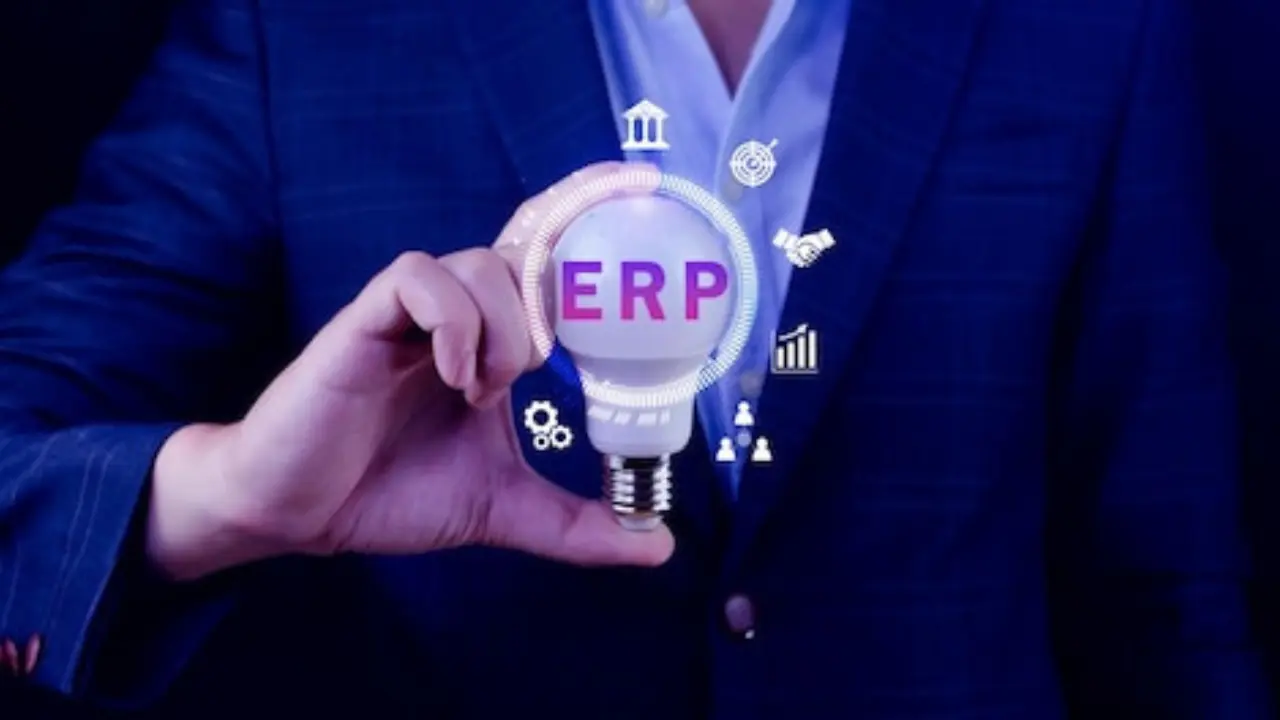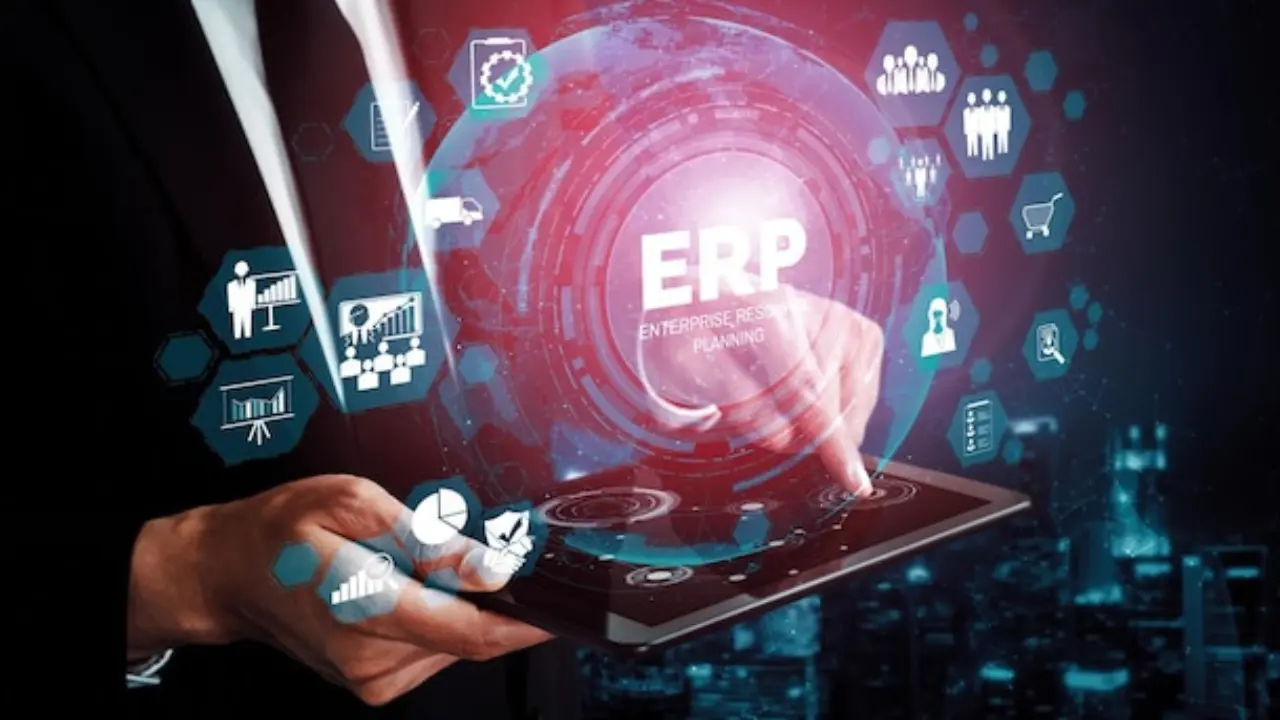

ERP Change Management Best Practices: Future-Proof Your Business
ERP change management best practices to choose the ideal Enterprise Resource Planning (ERP) software, carefully guaranteed flawless data, and presently you’re prepared to receive the benefits. Yet, hang on a moment. Most ERP executions aren’t technical errors or programming issues - it’s an absence of change management.
Why would that be considered along with implementing a new ERP system which is likened to work or presenting a top-of-the-line? While they can prepare culinary work with existing tools, this is expected to open full potential. Change Management empowers your team with the information and certainty to embrace the new system, eventually perfectly changing your business.
This blog investigates ten essential elements for successful ERP change management best practices, guaranteeing a smooth transition for your employees and boosting your profit from ROI.
Understanding The ERP Change Management Best Practices
The way to effective change management lies in understanding the core reason. It’s not necessary to focus on just a new system for your employees. Establishing a strong climate encourages a willingness to learn, adapt, and adjust.
Here’s a useful similarity to a personally adopted innovation - maybe a fitness tracker or social-media platform. At first, there was probably an exception to learn and adapt with clear instructions and ongoing support, but you, at last, became comfortable using it. A similar standard applies to ERP execution. You can transform initial apprehension into enthusiastic adoption by furnishing your team with fundamental assets and guidance.
Now that we’ve laid out the significance of progress on the board, we should dive into the 10 key fixings that will assist you with making a winning step -
-
ERP Implementation Methodology -
A strong ERP implementation methodology shouldn’t look like a mess because it ought to integrate with a well-defined change management plan. Consider using the ADKAR model to address the crucial aspects -
- For what reason is this change occurring in any case? What issues would we say we are attempting to solve?
- For what reasons should representatives put resources into this change? How might it help them and the organization as a whole?
- What data do representatives have to be aware of in order to use the new framework?
- What new abilities will employees need to develop to utilize the ERP system?
- How might you offer continuous help to guarantee ease and prevent old habits from regressing?
-
Power Of Communication -
Remember the word - Data is Power? Concerning Change Management, clear and consistent communication is central. Keeping the representatives informed all through the whole venture encourages trust and lessens the resistance. Here are a few points for effective and viable communication -
- Don’t trust that issues will emerge before addressing them. Expect possible concerns and proactive clarifications.
- Assist representatives with the understanding of how the new framework will make jobs easier and more proficient. Let’s focus on the positive effect on their daily tasks.
- Embrace multi-channel communication to use an assortment of communication channels to reach the entire team which may include meetings, emails, newsletters, questions answers discussions.
Notwithstanding, don’t underrate the power of face-to-face discussion. Direct interaction allows for continuous feedback and cultivates personal interaction.
-
Team Leader Management -
Your team leader plays an important role in ERP management practices. Engage them to become champions for the new ERP system within particular groups. Leverage the existing connections to explain the purpose behind the product and its effect on departmental work processes.
Moreover, it ensures the managers themselves to have strong knowledge and understanding of the ERP system as it permits them to respond to questions, and concerns addressed significantly, and give clear guidance to their groups.
-
Skilled Agent -
Imagine a skilled person exploring the intricacies of global relations. The Skilled Agent satisfies a comparable job within the domain of ERP execution which is assigned to a designated person to act as a crucial contact between the project leaders and representatives.
This includes -
- Responding to the representative inquiries and tending to worries
- Proactively recognizing and moderating potential blocks
- Creating excitement for the new ERP system
-
Power Clients -
Envision having a group of in-house specialists promptly accessible to respond to your inquiries regarding the new ERP system. This is the worthy power clients offering some value add-ons which is the same as distinguishing representatives who show major areas for technology, innovation, and learning. Furnish them with top-to-bottom training on ERP systems, transforming minor issues and guaranteeing a smooth onboarding process.
-
Training Management -
A one-size-fits-all training approach is a way to know different learning styles and inclinations. To guarantee maximum information maintenance, carrying out an assortment of training options, including -
- Interactive Sessions for continuous inquiries and conversations
- Adaptability offering to finish the learners at their speed with E-Learning Modules
- Providing clear, step-by-step demonstrations of key functionalities
Remember for successful training and to enhance the product, it ought to address the changes in the process accompanying the ERP system. Equipping the team with a holistic understanding will enable them to adjust to new processes.
-
Executive Sponsorship -
A captain controls a ship without a reasonable objective. Just like the same without ERP implementation efforts may lack direction. For user adoption, executive sponsorship is essential.
At the point when the organization effectively endorses the changes, ERP change management best practices might demonstrate the support for it which includes a powerful message to the entire organization.
-
Success Measuring Metrics -
In the present world, change management is not an exception. Track key execution pointers (KPIs) to measure the viability of your change management strategies and the overall ERP execution.
Here are a few examples of relevant KPIs -
- Client Adoption Rates
- Completion Rates Training
- Desk Ticket Volume
- Key business processes Time
By observing these metrics, gain significant insights. Data empowers you to refine consistency and augment the progress of ERP implementation.
-
Users Resources Equipment -
Conclude an attempt to get a timeline for work without any guidelines. A similar dissatisfaction can occur when employees leave to explore another ERP system without assets functioning.
To enable your group for free learning and investigation, furnish them with various assets, like -
- Reference Guide
- Client Manuals
- Online Information
- Logical Assistance
- Video Tutorials
- Screencast Recordings
-
Benefits of Consulting Expertise -
The Benefit of consulting expertise includes the significant experience and expertise that can give comprehensive training programs, refine your change management plan because of best practices, and guarantee smooth execution progress.
Conclusion - Building A Extension For Progress -
A successful ERP implementation is linked to building an extension. The actual innovation or technology itself addresses the structure without any functional system. Change Management practices serve as part of the establishment, guaranteeing client adoption and smooth progress. Without the proper support system investment doesn’t come back in desired return.
Don’t let your team suffer in this technological complexity, Provide them with a comprehensive set of resources, which includes knowledge, training, and other information for the ERP system. Consider leveraging it to provide training programs for optimal results.
Following these 10 fundamental practices for change management can create a complete change in the strategies, you can prepare for the ERP system. Lastly, expanding your profit from maximizing ROI can transform the business processes in the future. A successful ERP implementation isn’t just only about technology it connects the team with the potential of the new system.
Additionally partner with top ERP software provider companies like EM Production Pro and improve your business operations efficiency with task automation.



